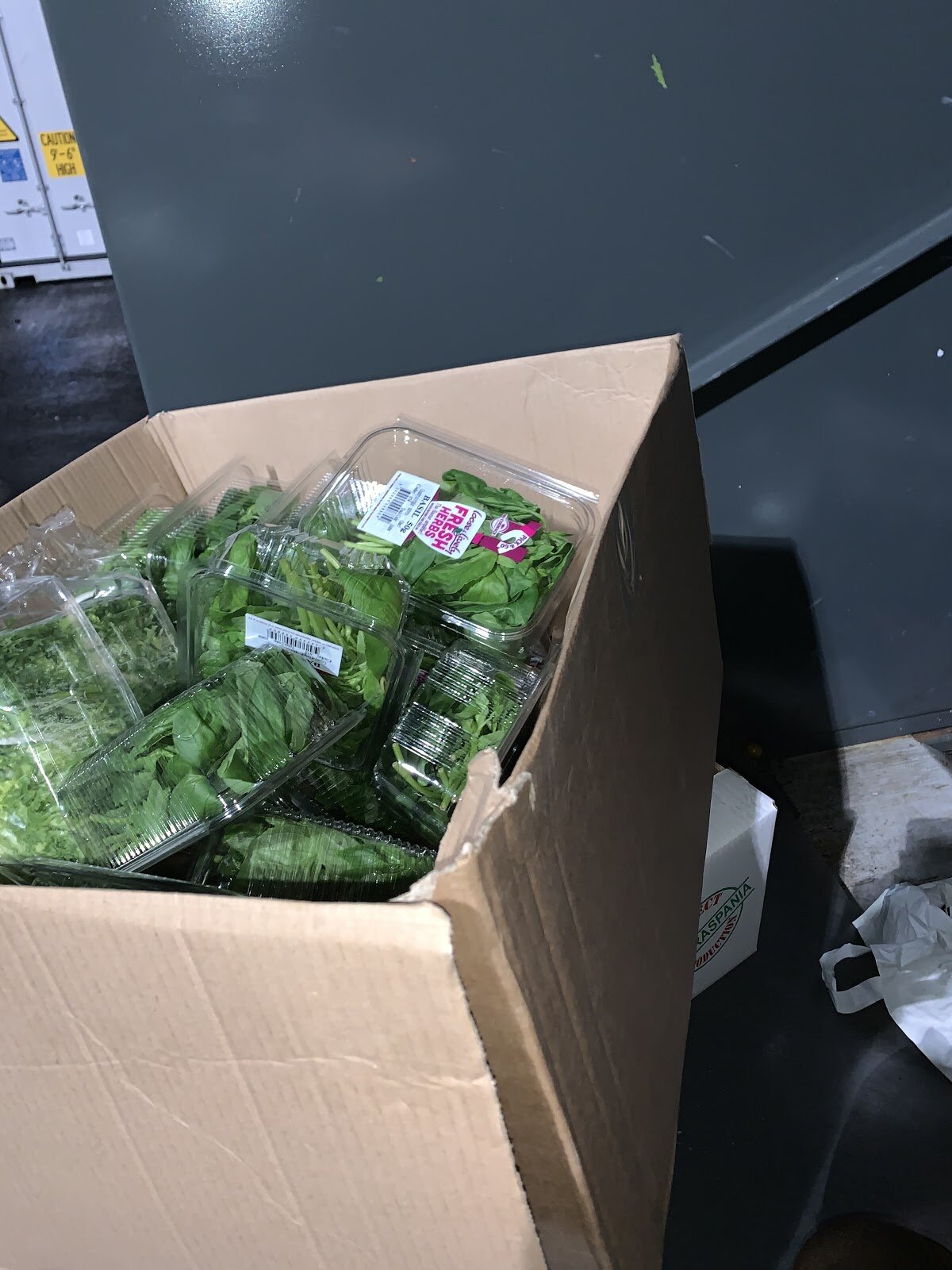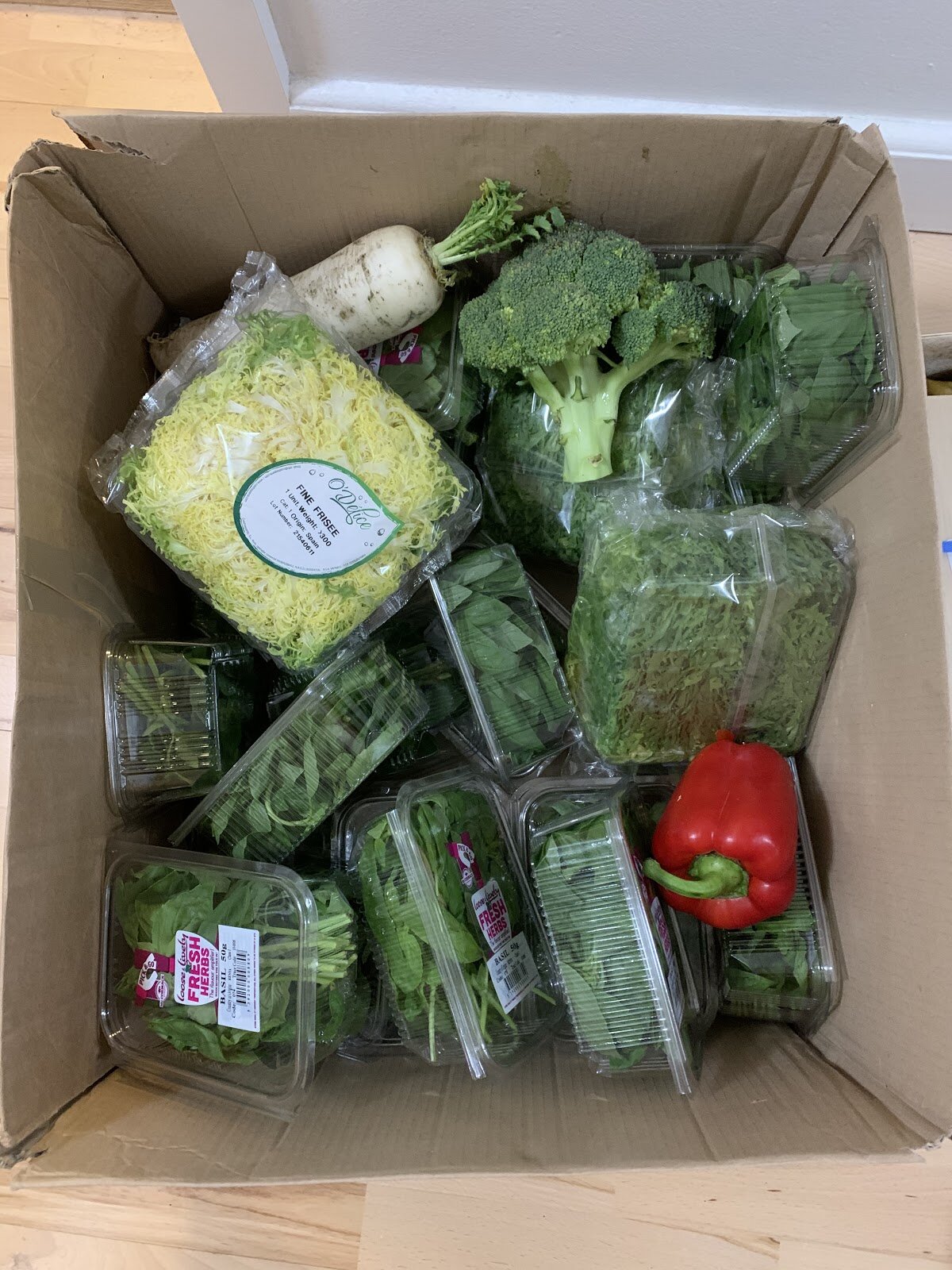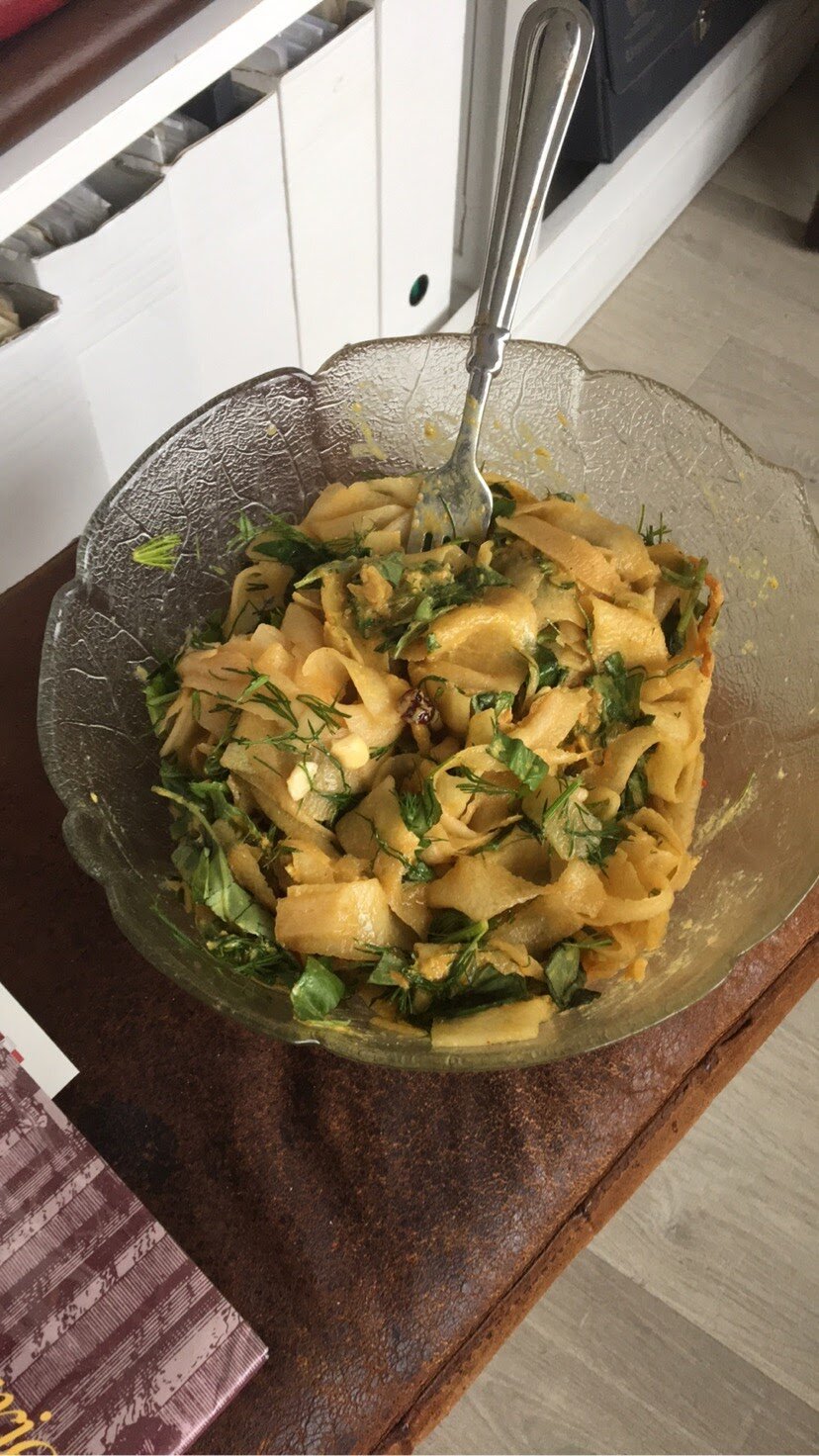Dumpster Diving
Translation: Julie Summers
A large part of our food supply ends up in the trash, and not just in our homes; grocery stores and restaurants also throw out an excessive amount of food. That discarded food has a story behind it; some of it even traveled great distances before being thrown out, so the entire production process and all the energy put into it went to waste. Dumpster diving has become more common, as more and more people are realizing just how big a problem food waste is. Discarded food isn’t necessarily any lower quality than what you’d find in the store; often, it’s things that aren’t considered fit to sell or are close to their expiration date. They’re still perfectly edible, but a combination of overproduction and consumers’ high standards means that some food doesn’t sell and therefore ends up in the trash. It’s interesting to see what kinds of things you can forage. That’s why I took to the streets and gave it a go, then cooked with the items I found.
Photos / Auður Helgadóttir
Photos / Auður Helgadóttir
I’ve wanted to try dumpster diving for a long time. Not only is it a good way to save money, it’s also a way to counter food waste and its environmental impact. When it comes to dumpster diving, some stores are better than others. It all depends on how accessible the bins are (whether they’re locked or located in an enclosed area), how the stores feel about dumpster diving, and what condition the discarded food is in. One Thursday evening, I drove around searching for some bins I could rummage through. I didn’t really know what I was doing, but I decided to go and see what happened. I was all alone in an alley at Grandi when I suddenly grew fearful of the dark and the potential dangers of rooting around in the trash, unbidden. There probably wasn’t really much danger, but before long, I had called my friend and asked her to join me on my expedition. I would advise people to go in pairs or groups; it’s way more fun and less intimidating when you’re new to dumpster diving.
After thinking long and hard about where we should go, we ended up checking out a produce wholesaler. We didn’t know what to expect when we approached the dumpsters. Standing in a large, illuminated space surrounded by trucks and mechanical sounds, we felt like we were being watched. But we didn’t let that stop us. We dove into the first bin. One of us had to climb up while the other waited excitedly below. At first, it didn’t seem like much, but it soon became clear that we were wrong: the bin contained three heads of lettuce and a ton of tasty basil! When we looked in other bins, we found melons, peppers, daikon radishes, potatoes, broccoli, and more.
Photos / Auður Helgadóttir
Photos / Auður Helgadóttir
Bursting with excitement over all this food, which was in perfectly good shape, we filled two boxes with fruit and veggies. Readers, I would ask you to rein yourselves in and take only what you know you can eat; don’t take more than you need. We will learn from our newbie mistake.
The car packed with produce, we had our hands full the next few days coming up with ways to use our finds. We made a number of different dishes, some of which turned out better than others, which is par for the course when it comes to experimental cooking. We used the food we found in the bins as well as things we already had at home. Here are a few examples of the dishes we made over the next few days:
Vegan “meat” balls with potatoes, basil, butter, and salt, red cabbage, and gravy
A classic, homey dish to dig into after a busy day. I boiled some of the potatoes and sprinkled them with a bit of basil. The potatoes from the bin were absolutely delicious. After all, free food always tastes better.
Daikon radish noodles in peanut sauce with cilantro and dill
My friend made these exquisite noodles from the daikon radishes we found. This dish is raw, vegan, and super healthy, with all sorts of fresh herbs, cashews, kimchi, and more deliciousness. We had actually never seen daikon radishes at the store before, but by finding them in the bin, we discovered a super tasty new vegetable.
Basil pesto spaghetti, salad, and bruschetta
What should I do with all this basil? Pesto is the first thing that came to mind, so I dove headfirst into making green pesto. Pesto is good on bread or served on the side, but to make better use of it, I put together this yummy spaghetti. On the side, we had a salad with watermelon and honeydew melon, peppers, and red onion – all found in the dumpster, which made this meal even better. To top it off and use even more basil, I made bruschetta, with a dash of olive oil, salt, and pepper.
It’s important to keep an open mind about all sorts of food and take time to experiment. I wholeheartedly recommend that everyone try dumpster diving. It’s good for both your wallet and the planet, so I encourage you to take someone with you, give it a try, and pick one week to plan your menu around whatever treasures you find hiding in the trash.







